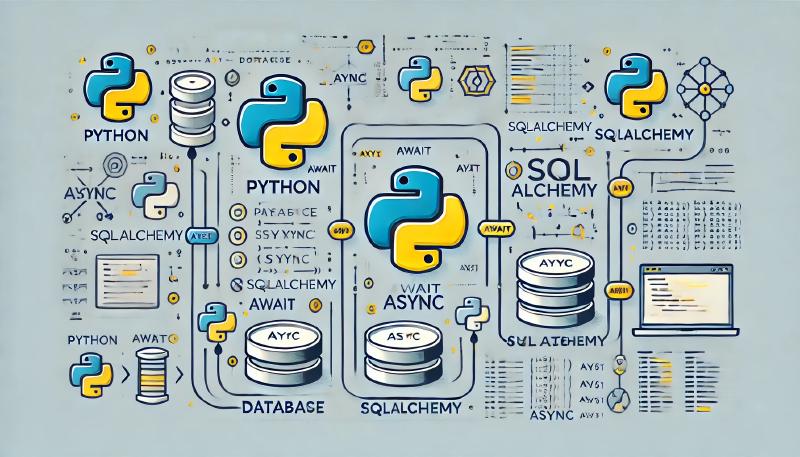Introduction
SQLAlchemy goes beyond simple connections; it offers an ORM and powerful abstractions. This primer covers connecting to databases, defining tables and relationships, and performing basic CRUD operations.
Connecting to Databases
Use create_engine to define the connection.
SQLite
1
2
| from sqlalchemy import create_engine
engine = create_engine("sqlite://", echo=True)
|
PostgreSQL
1
| engine = create_engine("postgresql+psycopg2://user:password@localhost/dbname")
|
Defining Tables
1
2
3
4
5
6
7
8
9
| from sqlalchemy.orm import declarative_base
from sqlalchemy import Column, Integer, String
Base = declarative_base()
class User(Base):
__tablename__ = 'users'
id = Column(Integer, primary_key=True)
name = Column(String)
|
Create the schema with Base.metadata.create_all(engine).
Relationships
1
2
3
4
5
6
7
8
9
10
| from sqlalchemy import ForeignKey
from sqlalchemy.orm import relationship
class Address(Base):
__tablename__ = 'addresses'
id = Column(Integer, primary_key=True)
user_id = Column(Integer, ForeignKey('users.id'))
user = relationship('User', back_populates='addresses')
User.addresses = relationship('Address', back_populates='user')
|
CRUD Operations
1
2
3
4
5
6
| from sqlalchemy.orm import Session
with Session(engine) as session:
user = User(name='Alice')
session.add(user)
session.commit()
|
Conclusion
SQLAlchemy’s ORM and connection tools make database interaction in Python concise and maintainable.
